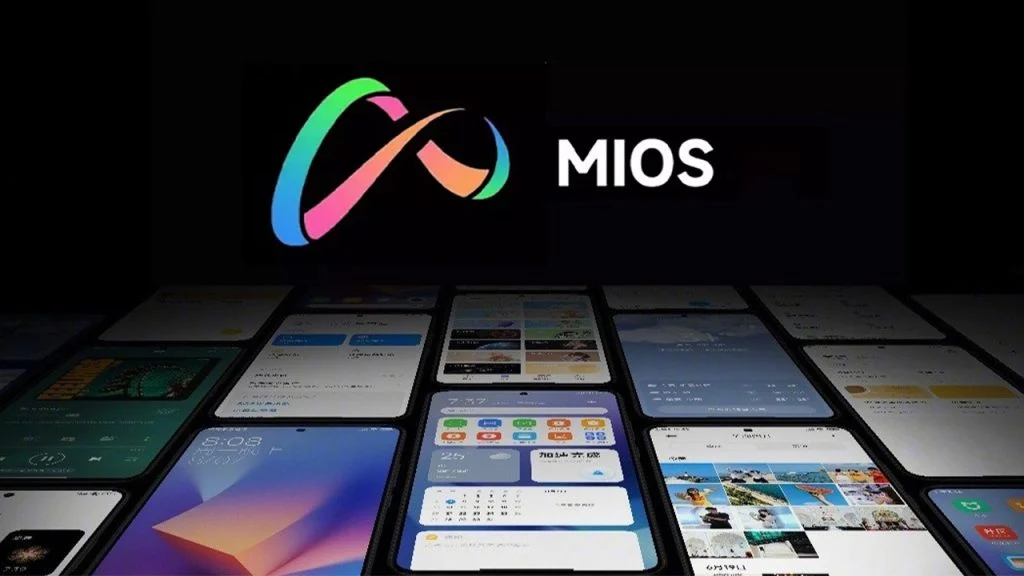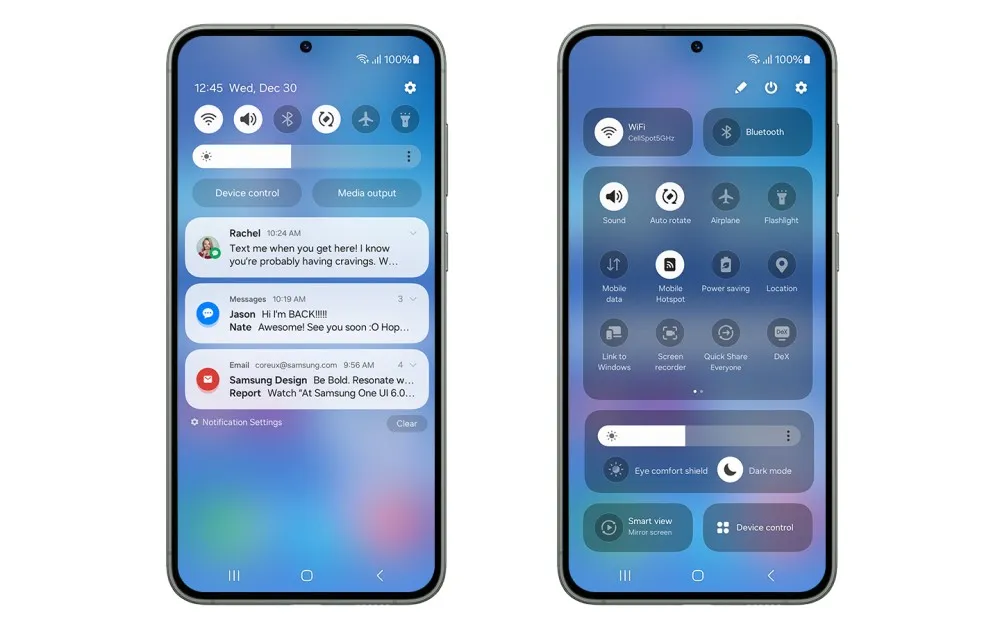The Huawei Mate 60 series has made a remarkable comeback, experiencing significant growth in the smartphone market across various countries, including China, outperforming competitors like the iPhone 15 series. While the advanced technologies in the phone have boosted sales, they have also resulted in legal challenges.
Alleged Legal Dispute with Another Chinese Tech Company
Huawei has been at the center of allegations involving a legal dispute with another Chinese technology firm, raising concerns about intellectual property conflicts. One key innovation by Huawei is its ultrasonic fingerprint reader integrated beneath the screen. Despite claims of copyright infringement by Huiding, recent reports suggest that these allegations are unfounded.
Clarification on Huawei's Technology Development
Contrary to online speculation, Huawei's development of its ultrasonic under-display fingerprint sensors does not violate Huiding's patents. The company has invested in creating its own algorithm schemes for optical and capacitive fingerprint readers, showcasing its expertise in this area. Huawei initially adopted ultrasonic fingerprint technology in the Mate 20 Pro model in 2019, with a history of research and development predating this release.
Conclusion: Huawei's Technological Advancements
Given Huawei's extensive experience and innovation in fingerprint sensor technology, it is evident that the company has the capability to develop cutting-edge features without infringing on intellectual property rights. This reaffirms Huawei's commitment to advancing its technological capabilities while navigating legal complexities in the competitive smartphone market.


